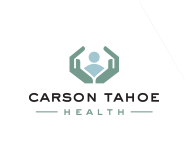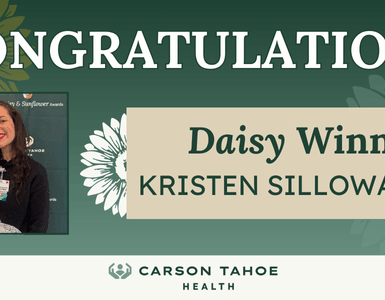Major heart surgery doesn’t always require a big incision and a machine to take over your heart and lung function.
You don’t have to know much about medicine to have heard the term “open-heart surgery,” but what, exactly, does it mean? Open-heart surgery is any cardiac procedure in which the operating team stops the patient’s heart and connects them to a heart-lung machine, which does the job for those organs during the surgery. A coronary artery bypass graft (CABG)—also known as heart bypass surgery—is one of the most common types of open-heart surgery.
“Typically, patients need CABG when at least one of their coronary arteries, which deliver blood to the heart, is blocked by plaque,” says Todd Chapman, MD, FACS, Chief of Cardiac Surgery at Carson Tahoe. “Patients have to go on the heart-lung machine, and the surgeon has to make a big incision in their chest. Now, we can perform a less invasive form of heart bypass surgery with a smaller incision while the heart continues beating. This may lead to less scarring, less blood loss and a faster recovery.”
The Beat Goes On
If you undergo a minimally invasive heart bypass, you won’t go on the heart-lung machine, but you’ll receive medication to slow your heart rate while a special device stabilizes your heart. General anesthesia will ensure you sleep through the surgery. The surgeon will make a small incision on the left side of your chest. To reach your heart, they will shift muscles aside and remove part of a rib. The surgeon will bypass the artery blockage by connecting an artery in the chest wall to the one that’s blocked.
“We’re always looking for ways to make treatment easier for patients without sacrificing effectiveness,” Dr. Chapman says. “Minimally invasive bypass surgery is a great example of this.”
Learn more about the many ways Carson Tahoe Health cares for Northern Nevadans’ hearts.







